Carried out during the presidency of Thomas Jefferson, the Louisiana Purchase doubled the size of the United States and was by far the largest territorial gain in American history. It added 2.14 million square kilometers of land to the United States that stretched from the Mississippi River to the Rocky Mountains and from the Gulf of Mexico to Canada. This was for a price of $15 million which amounts to less than 3 cents per acre. The Louisiana Purchase Treaty was signed on April 30, 1803 between the United States and France. French leader Napoleon Bonaparte had recently acquired the territory but impeding war against the United Kingdom led him to offer Louisiana to America in return for money he needed for warfare. There was opposition to the treaty in the US Congress primarily regarding the constitutionality of the purchase, but ultimately President Jefferson asserted his constitutional power to negotiate treaties. Know more about the Louisiana Purchase through these 10 interesting facts.
#1 it WAS NAMED IN HONOR OF KING LOUIS XIV OF FRANCE
A Spanish expedition led by Panfilo de Narváez were the first European explorers to visit Louisiana in 1528. European interest in Louisiana was dormant until the late 17th century. In 1682, French explorer Robert Cavelier de La Salle led an expedition which canoed down the Mississippi River. He named the Mississippi basin La Louisiane in honor of King Louis XIV and claimed it for France. The Kingdom of France controlled the Louisiana territory from 1699 till 1762, when it was ceded to Spain by a secret agreement known as the Treaty of Fontainebleau. After its defeat in the Seven Years’ War, France was forced to cede the eastern part of the territory to the victorious Great Britain while the western part was controlled by Spain.
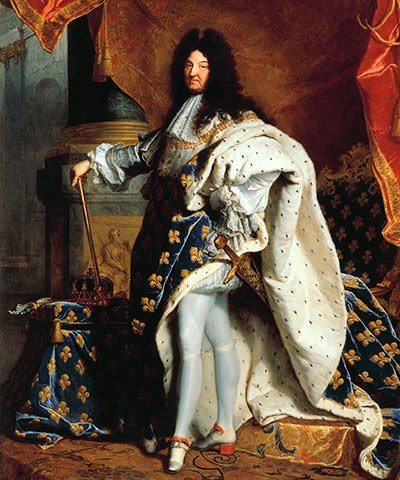
#2 NAPOLEON WANTED TO USE LOUISIANA TO ESTABLISH A LARGE COLONIAL EMPIRE IN THE AMERICAS
In 1800, Napoleon Bonaparte of France reacquired Louisiana from Spain through the secret Treaty of San Ildefonso. In return, he placed the Spanish king’s son-in-law, Louis Francis, on the throne of the newly created kingdom of Etruria in northern Italy. It is believed that Napoleon had secret ambitions to reconstruct a large colonial empire in the Americas. However, he soon gave up that notion due to the situation in Europe. He was in the process of establishing supremacy in Europe and had been involved in costly wars for close to 10 years. Selling Louisiana thus made political and economic sense to Napoleon. The Louisiana territory nominally remained under Spanish control, until an official transfer of power to France on 30th November 1803. This was just a few weeks before the Louisiana Purchase.
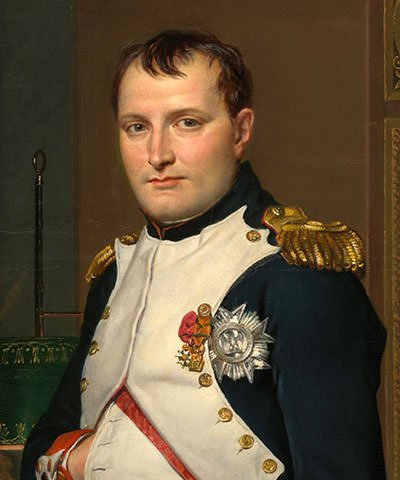
#3 U.S. WAS CONSIDERING GOING TO WAR OVER THE LOUISIANA TERRITORY
Under a 1795 treaty with Spain, American merchants and farmers were allowed to use the Mississippi River to transport their goods and to store them in New Orleans without paying export duties. In October 1802, this right was revoked leading to many U.S. citizens calling for war to claim the territory. Also, in 1801, Napoleon sent a military force to secure New Orleans. This led to many Southerners fearing that the French would free all the slaves in Louisiana and this would lead to slave rebellions in other parts of the United States. Though President Jefferson urged moderation, his opponents in Congress, the Federalists, called for hostilities against France. Ultimately, on the advice of a French friend, Thomas Jefferson decided to attempt purchasing land from Napoleon rather than threatening war over it.
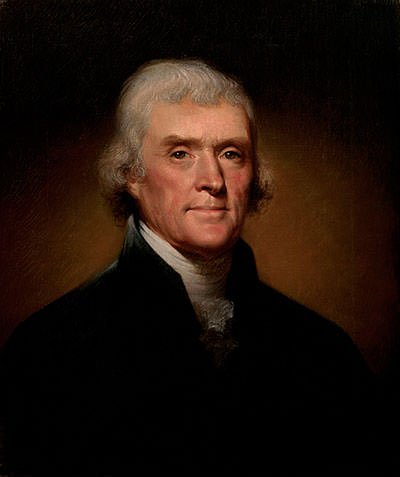
#4 Its Plan WAS FIRST PUT FORWARD BY A FRENCH NOBLEMAN
In 1801, President Jefferson appointed Robert R. Livingston as U.S. Minister to France. He was sent to Paris and was authorized to purchase New Orleans. Pierre Samuel du Pont de Nemours, a French nobleman, had close ties with Jefferson as well as prominent politicians in France. In 1803, Du Pont also began informal negotiations with France at the request of Jefferson. It was Du Pont who originally gave the idea of the much larger Louisiana Purchase as a way to defuse potential conflict between the United States and Napoleon over North America. In 1803, Jefferson nominated future president James Monroe as a special envoy to help Livingston with the Louisiana Purchase negotiations. All this while, Jefferson had up-to-date intelligence on Napoleon’s military activities and intentions in North America.
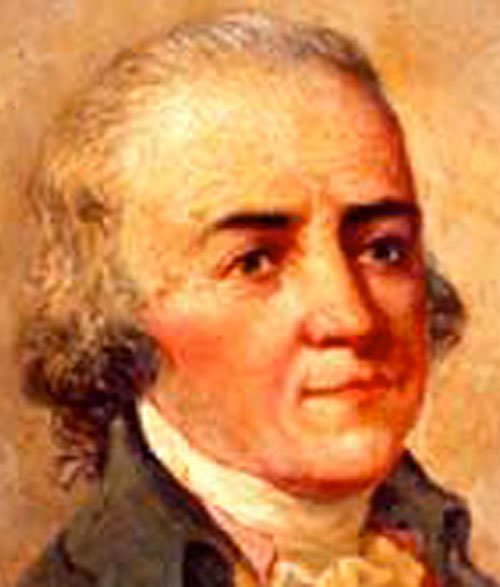
#5 AMERICAN DIPLOMATS WERE DUMBFOUNDED WHEN NAPOLEON OFFERED THEM ENTIRE LOUISIANA
Napoleon Bonaparte needed peace with the United Kingdom to properly take possession of Louisiana as without it the territory would be easy prey for UK. However, in 1803, it became apparent that continuing war between France and UK was unavoidable. Without sufficient revenues from sugar colonies in the Caribbean, Louisiana had little value to Napoleon and he decided to sell the entire territory. On April 11, 1803, French Treasury Minister Francois de Barbe-Marbois offered Robert Livingston all of Louisiana for $15 million. The American representatives, who were prepared to pay up to $10 million for New Orleans, were dumbfounded by the offer. Though Livingston was authorized only to purchase New Orleans, he was certain that this was a great deal and, thinking Napoleon might withdraw the offer anytime, he quickly agreed.
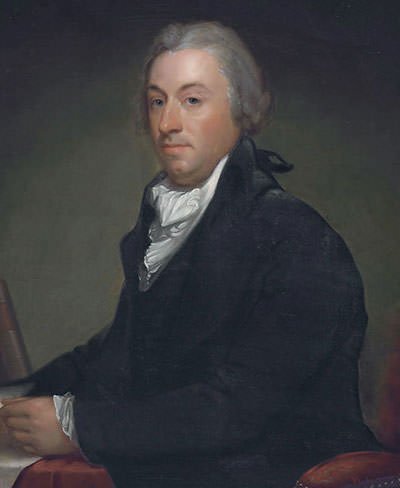
#6 THERE WAS A CONCERN REGARDING THE CONSTITUTIONALITY OF THE PURCHASE
On April 30, 1803, the Louisiana Purchase Treaty was signed in Paris by American representatives Robert Livingston and James Monroe; and French Treasury Minister Barbe-Marbois. There was opposition to the Louisiana purchase in the American Parliament with the Federalist Party favoring close relations with Britain over closer ties to Napoleon; and raising concern that US was paying too much money for too little land. Moreover, many, including President Jefferson, were concerned over the constitutionality of the purchase as they believed that it was unconstitutional to acquire any territory. However, despite being a strict constitutionalist, President Jefferson used his powers to stretch the intent of that document to justify the purchase.
#7 U.S. HAD TO BORROW IN ORDER TO PAY FOR THE LOUISIANA PURCHASE
On October 20, 1803, the United States Senate consented to ratification of the Louisiana Purchase Treaty with a vote of 24 to 7. The following day, it authorized Jefferson to take possession of the territory and establish a temporary military government there. The Louisiana Purchase Treaty gave Louisiana to the United States for 50 million francs ($11,250,000) and a cancellation of French debts worth 18 million francs ($3,750,000). This amounted to a total of 68 million francs or $15 million. This would be equivalent to $300 million in 2016. This price was too much for the United States then and it had to borrow from two European banks at 6% interest. America did not finish repaying the loan until 1823, by which time the total cost for the Louisiana Purchase had risen to over $23 million.
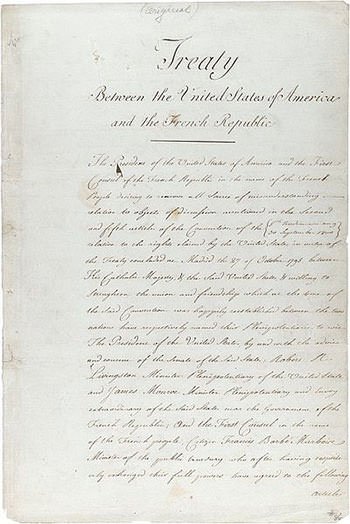
#8 It WAS BY FAR THE LARGEST TERRITORIAL GAIN IN AMERICAN HISTORY
The Louisiana Purchase doubled the size of the United States at a sum of less than 3 cents per acre and was by far the largest territorial gain in U.S. history. The Louisiana territory included land from fifteen present U.S. states and two Canadian provinces. It contained land that forms Arkansas, Missouri, Iowa, Oklahoma, Kansas and Nebraska; portion of Minnesota west of the Mississippi River; a large portion of North Dakota and South Dakota; northeastern section of New Mexico; northern portion of Texas; the area of Montana, Wyoming and Colorado east of the Continental Divide; Louisiana west of the Mississippi River (plus New Orleans); and small portions of land within the present Canadian provinces of Alberta and Saskatchewan. The size of the Louisiana territory was 828,000 square miles or 2.14 million square kilometers. Moreover, it proved to be one of the largest fertile tracts of land on the planet.
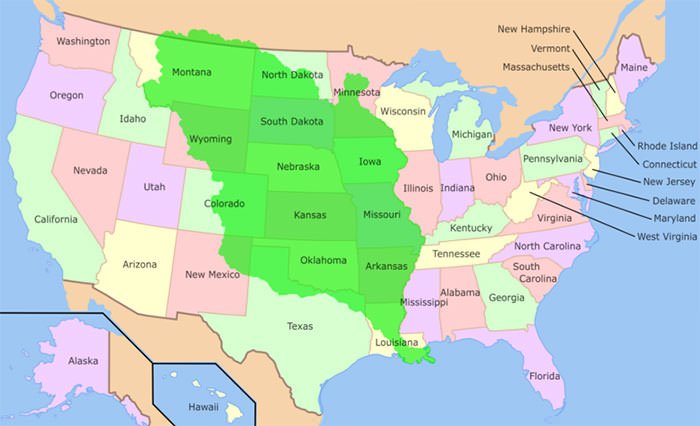
#9 LEWIS AND CLARK EXPEDITION HELPED ESTABLISH US PRESENCE IN THE LOUISIANA TERRITORY
After the Louisiana Purchase, President Jefferson required the mostly unknown territory to be mapped and explored to establish American presence there before the European powers tried to claim it. This resulted in the Corps of Discovery Expedition which comprised of a selected group of U.S. Army volunteers under the command of Captain Meriwether Lewis and Second Lieutenant William Clark. The Lewis and Clark Expedition helped establish U.S. presence in the newly acquired territory; and diplomatic and trade relations were made with indigenous tribes. The expedition also obtained a wealth of scientific and geographic knowledge. It lasted from May 1804 to September 1806; and is considered a great success. It has been commemorated and honored over the years on various coins, currency and commemorative postage stamps.
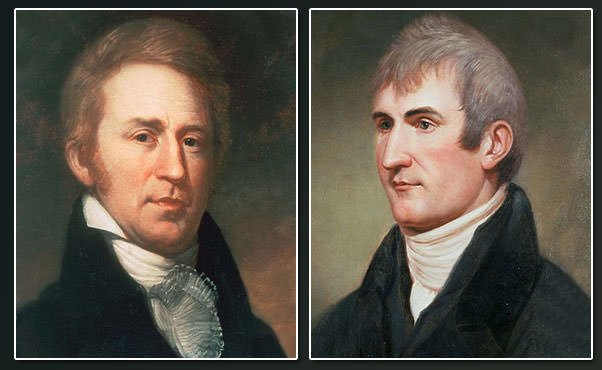
#10 CONTENTION OVER SLAVERY LAWS IN LOUISIANA TERRITORY CONTRIBUTED TO THE AMERICAN CIVIL WAR
It was difficult to govern the Louisiana territory. Its European community was of ethnic French, Spanish and Mexican descent; and was largely Catholic while a majority of people in America were Protestant. Also, it had a large population of enslaved Africans. Southern slaveholders wanted the US government to establish laws allowing slavery in the Louisiana territory so they could take their slaves there to undertake new agricultural enterprises; and to reduce the threat of slave rebellions. The Louisiana Territory was broken into smaller portions for administration. As states organized within the territory, the status of slavery in each state became a matter of contention in Congress. The southern states wanted slavery extended to the west while the northern states just as strongly opposed new states being admitted as slave states. This was a major factor that contributed to America being driven to Civil War in 1861.

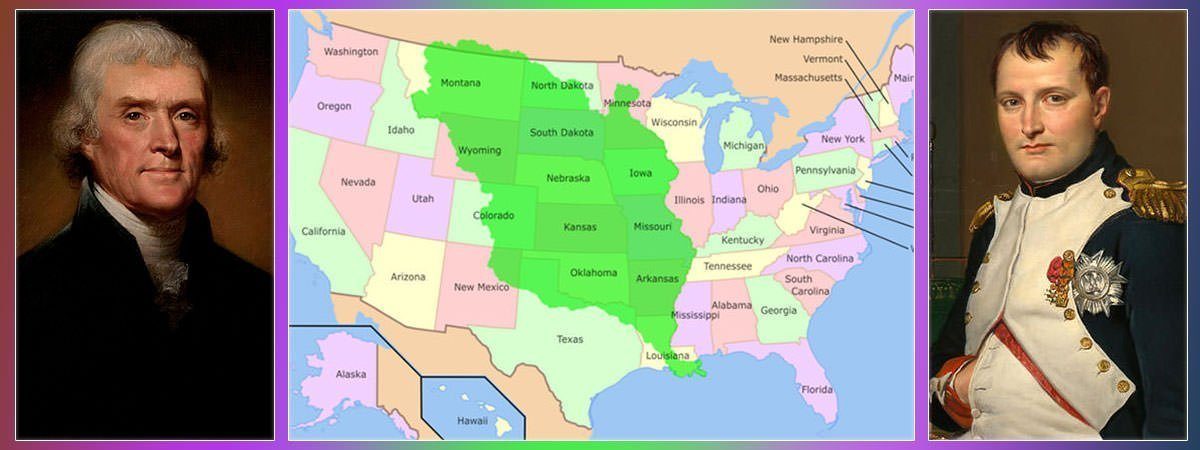
Learned more here than all of middle school education. What a freaking steal the great President Jefferson made.
Thanks for your appreciation.
VERY INTERESTING!!!